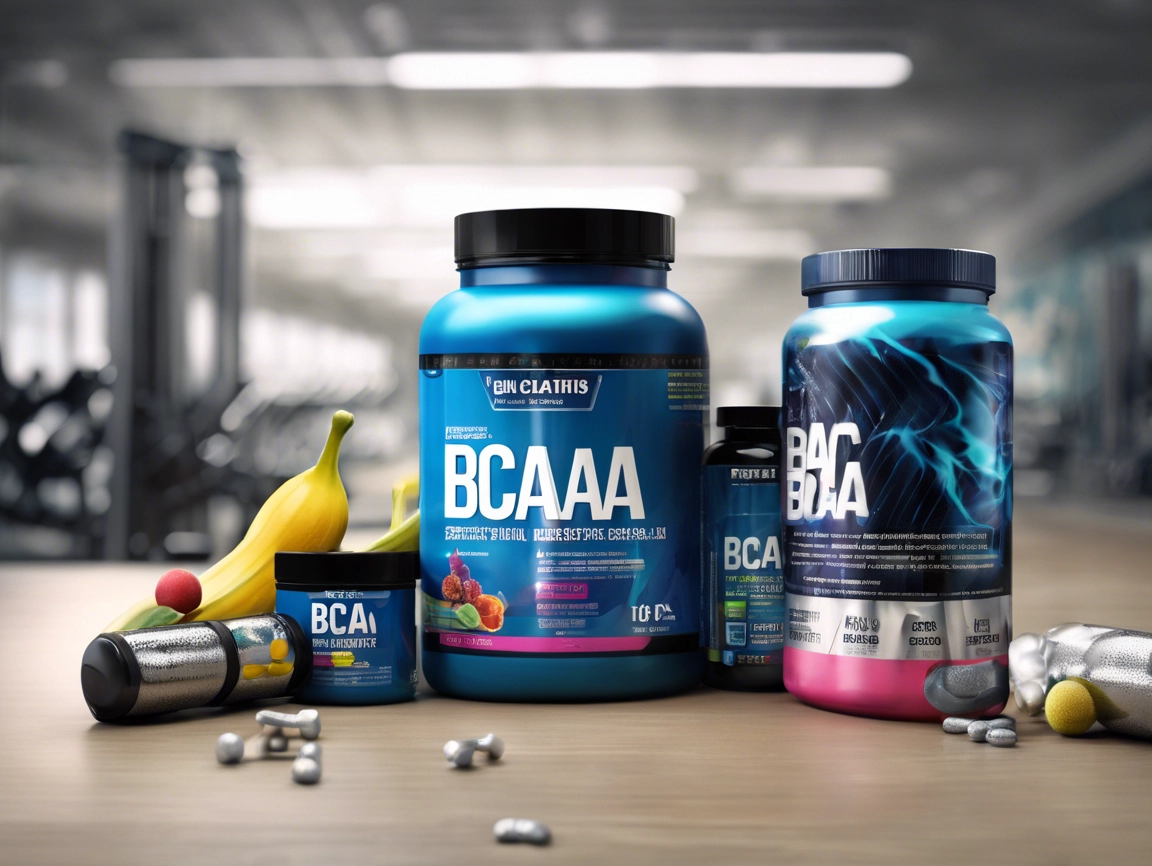Creatine: An Overview
Creatine is a natural substance that plays a crucial role in energy production in the body. Found primarily in muscle cells, it helps to produce adenosine triphosphate (ATP), the primary energy carrier in all cells. As a popular dietary supplement, creatine is often used by athletes and fitness enthusiasts to enhance performance, increase muscle mass, and improve recovery times.
History of Creatine
The history of creatine supplementation dates back to the early 20th century. In 1832, French chemist Michel Eugène Chevreul isolated creatine from meat extracts. However, it wasn’t until the 1990s that creatine gained significant attention as a performance-enhancing supplement. Studies in the early ’90s, including research by Tarnopolsky et al., established that creatine supplementation could enhance sprinting and high-intensity exercise performance.
Since then, creatine has become one of the most researched and widely used supplements in the sports and fitness industry. According to a survey by the International Society of Sports Nutrition, creatine is utilized by over 30% of athletes and bodybuilders globally.
How Creatine Works
Creatine operates fundamentally by replenishing ATP levels during high-intensity physical efforts, such as sprinting or weightlifting. It does this by donating a phosphate group to adenosine diphosphate (ADP), converting it back to ATP. This mechanism allows athletes to perform better during short bursts of intense activity, thereby contributing to greater performance gains over time.
Moreover, creatine also enhances water retention in muscle cells, leading to a volumizing effect that many users associate with increased muscle size. Increased muscle volume can stimulate protein synthesis and offer a potential boost to muscle growth.
Forms of Creatine
There are several forms of creatine available on the market. The most common include:
- Creatine Monohydrate: The most studied and popular form of creatine, known for its effectiveness and affordability.
- Creatine Ethyl Ester: A form that is thought to be more bioavailable, although research suggests it may not be more effective than monohydrate.
- Buffered Creatine: Often marketed as creatine that causes less water retention and gastrointestinal discomfort.
- Creatine Hydrochloride: This form is soluble in water, which may improve its absorption rates.
- Creatine Malate: This compound combines creatine with malic acid and is said to improve endurance.
Benefits of Creatine
Numerous studies have reported the benefits of creatine supplementation, particularly for athletes involved in high-intensity sports. Some of the well-documented advantages include:
- Improved Athletic Performance: Creatine enhances strength, power, and exercise performance in activities like sprinting and weightlifting.
- Increased Muscle Mass: The volumizing effect combined with its ability to enhance workout capacity can lead to significant muscle growth.
- Improved Recovery: Creatine has been shown to reduce muscle cell damage and inflammation after exhaustive exercise, aiding in faster recovery.
- Enhanced Brain Health: Emerging research suggests that creatine may support cognitive function and protect against neurological diseases.
Potential Side Effects and Considerations
While creatine is widely regarded as safe when used properly, some potential side effects and considerations should be noted:
- Water Retention: One of the most common complaints among creatine users is bloating due to increased water retention in the muscles.
- Gastrointestinal Issues: Some individuals may experience stomach cramps, diarrhea, or indigestion.
- Kidney Health: Concerns have been raised about the long-term effects of creatine on kidney health, particularly at high doses, although current research generally finds creatine safe for healthy individuals.
How to Use Creatine
The effectiveness of creatine largely depends on the dosing regimen. There are two common methods for supplementation:
- Loading Phase: This involves taking approximately 20 grams of creatine per day for 5–7 days, split into 4 doses, to saturate muscle stores rapidly.
- Maintenance Phase: Following the loading phase, a daily dose of 3–5 grams is taken to maintain elevated muscle creatine levels.
Alternatively, some individuals may choose to skip the loading phase and take 3–5 grams daily from the outset, which will still result in increased muscle creatine levels, albeit at a slower rate.
Who Should Use Creatine?
Creatine supplementation is particularly suitable for:
- Athletes and Bodybuilders: Those involved in high-intensity or strength training can benefit significantly from creatine’s performance-enhancing effects.
- Endurance Athletes: While traditionally associated with short bursts of activity, recent studies suggest that creatine can also benefit longer-duration events through improved recovery and endurance.
- Non-Athletes: Some evidence points toward benefits in neurological health, suggesting that even sedentary individuals may gain from creatine supplementation.
Conclusion
Creatine is a well-researched supplement with numerous benefits for athletic performance and muscle growth. Its unique properties make it a staple among athletes, bodybuilders, and fitness enthusiasts alike. Although it is generally safe for most individuals, potential side effects and considerations warrant attention. By understanding how to use creatine effectively, users can optimize their performance, enhance muscle growth, and recover more efficiently. Whether you are looking to take your workouts to the next level or just seeking to maintain general well-being, creatine offers a compelling case for inclusion in a health supplement routine. Remember, as with any supplement, it’s wise to consult with a healthcare professional before starting any new regimen.
Relevant Sources
- Nutrient Timing: Creatine – National Center for Biotechnology Information
- Creatine Supplementation in Health and Disease – ScienceDirect
- Creatine as a Therapeutic Agent: Can it Improve Health Outcomes? – National Institutes of Health
- Effects of Creatine Supplementation – Human Kinetics
- Effects of Creatine Supplementation on Muscle Damage and Recovery – National Center for Biotechnology Information

